Bird Molting: Why Birds Molt and How to Spot It
Updated: Jun. 20, 2024
Feather refresh in progress! Learn about bird molting and why the color change is more obvious on some molting birds than others.
On This Page
Why Do Birds Molt Their Feathers?
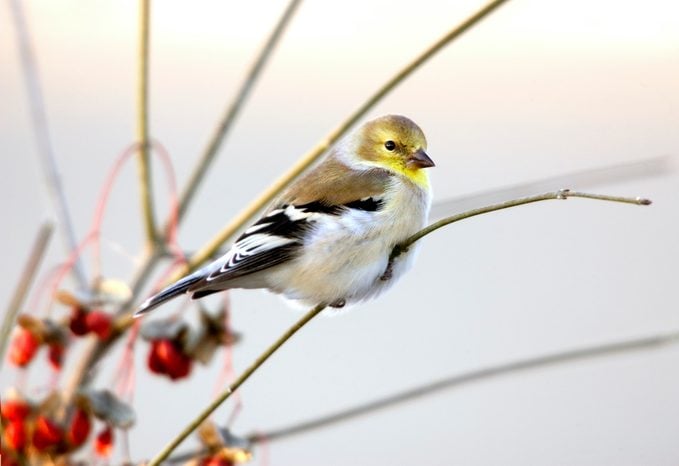
Birds are the only living species with feathers, so it only makes sense that feathers have some one-of-a-kind features. The structure of feathers is strong and durable, yet they are lightweight and flexible. And although feathers do wear out, birds molt them by regrowing new ones. Often this natural process goes unnoticed, but bird molting patterns are fascinating.
“Molt is my favorite,” says Annie Lindsay. As the bird banding program manager at Carnegie Museum of Natural History’s Powdermill Nature Reserve in southwestern Pennsylvania, she gets an up-close look at the process on thousands of birds annually.
How do birds fly? Get answers to common questions about birds.
Bird Feather Types
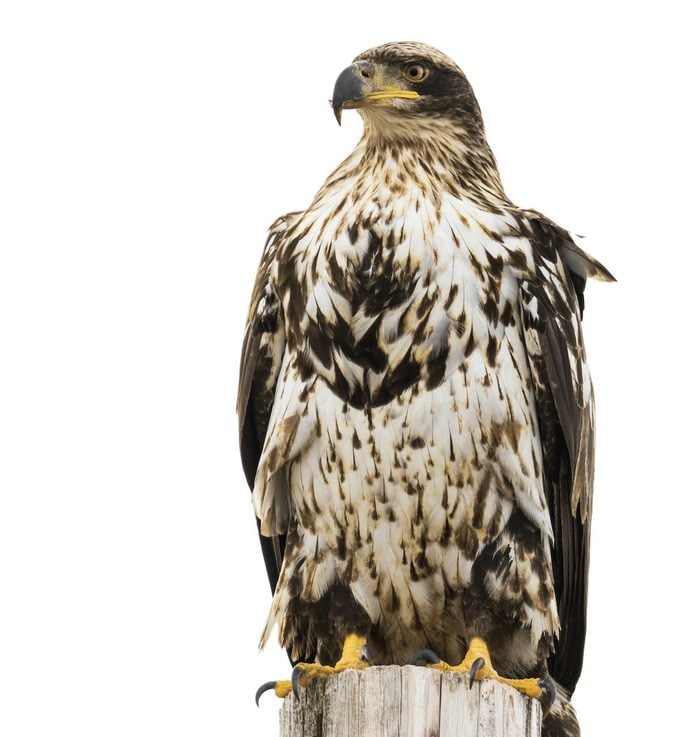
Not all feathers serve the same purpose. According to Annie, specific feathers are essential for everything from flight to keeping birds warm. “Flight feathers on the wings and tails are longer and somewhat stiffer,” she says. The shape of the wing provides lift, and tails serve as rudders for birds. Body feathers, including down and contour feathers, help birds regulate their temperatures.
“Birds puff up their feathers to conserve heat,” Annie says. “It’s like when we get goose bumps on our arms.”
Another specialized feather type is found along the beaks of flycatchers and other insect eaters. These rictal bristles look like whiskers and likely have a sensory function, Annie says.
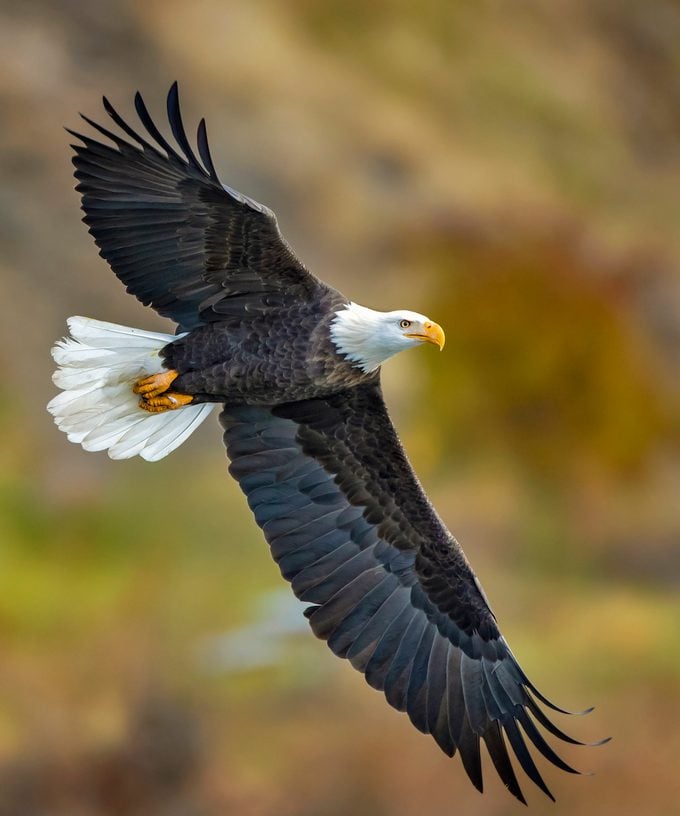
Feathers can be extremely fancy or ridiculously plain. Either way, they are also a way for birds to communicate with one another.
What makes hummingbird feathers so shimmery?
Bird Molting Patterns
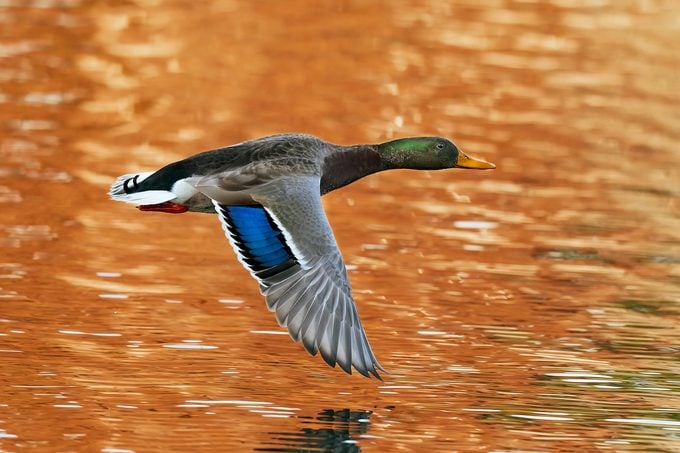
Variations of bird molting scenarios are endlessly complex within species. But Annie provided a glimpse into the general basics for songbird molts. After hatching, young birds grow juvenile plumage.
“Since all of the feathers are growing in at the same time, not as many resources can be used per feather,” Annie says. “These juvenile feathers are of lower quality.”
Young birds then replace their juvenile plumage with feathers in better condition. Most species will replace all feathers on their bodies almost a year later.
For bird-watchers, some species can pose tricky identifications because younger birds don’t always look like adults. Young red-headed woodpeckers have brown heads, for example. Similarly, young white-crowned sparrows could be referred to as brown-crowned sparrows.
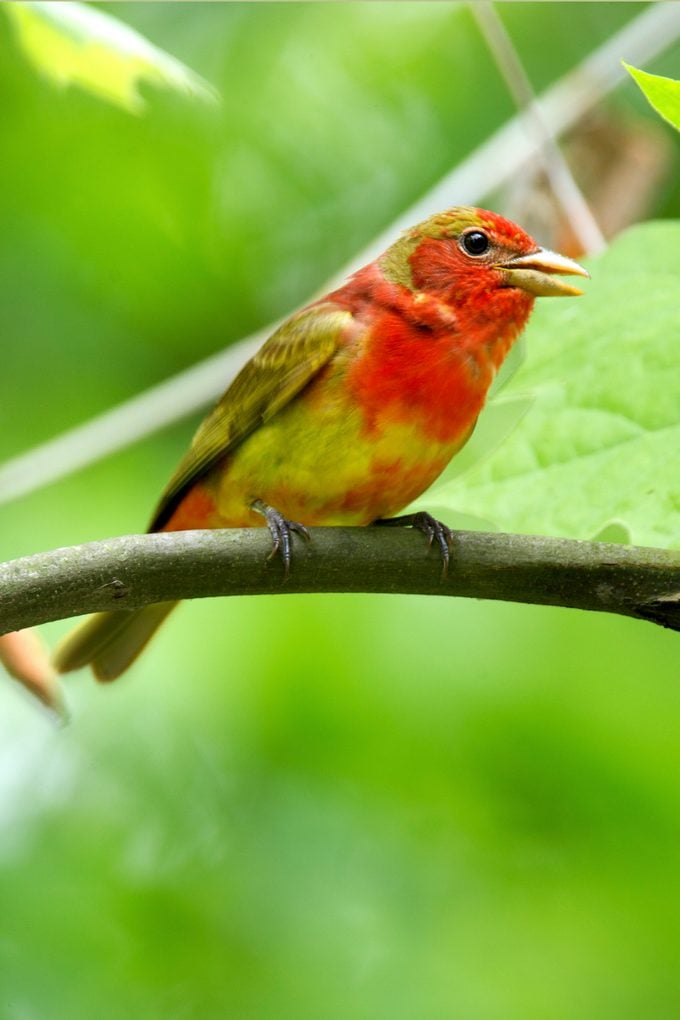
The annual, or in some cases biannual, molt cycles that species follow allow “feathers to be replaced here and there, so more energy is allocated to each individual feather,” Annie says.
The molting process is relatively quick for North American fliers. “Molt can happen in a matter of a few weeks as birds are preparing for migration or breeding,” Annie says, “Although in the tropics where conditions are relatively uniform, molt can be much slower.”
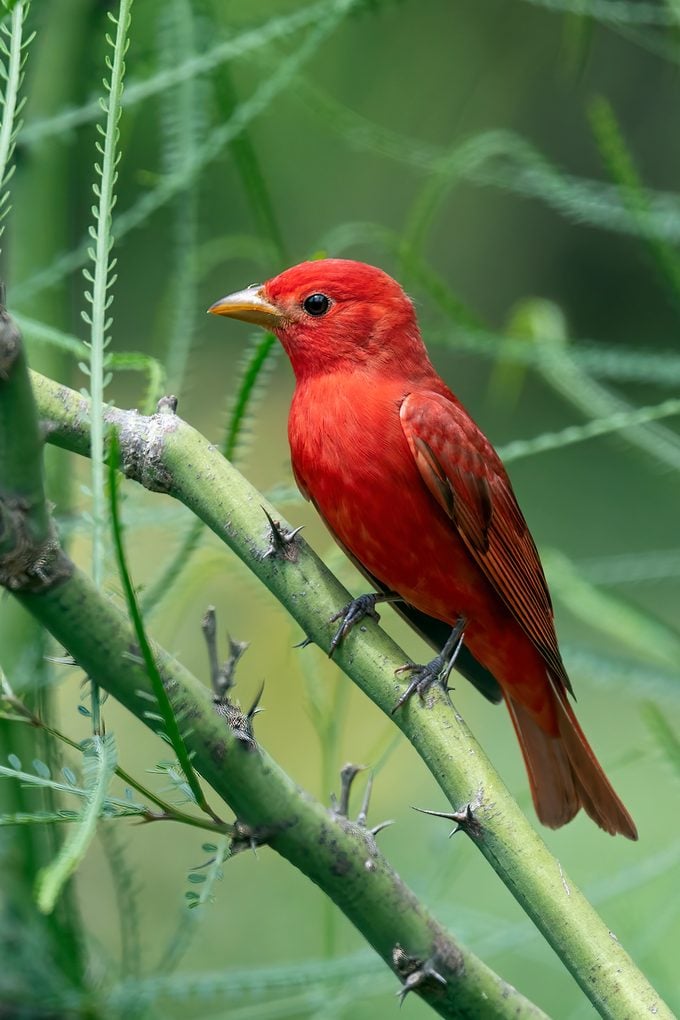
For some species, including tanagers and buntings, new feathers help them look their finest as they try to attract mates in the spring. This could still be the case for birds that don’t undergo drastic color changes.
“Even if we don’t see the differences, birds can see in the UV part of the spectrum, so we might see all brown feathers, while birds might be able to see the contrast between old and new feathers,” Annie says.
Does Molting Hurt Birds?
During a normal molt, “the feathers are ready to drop and are falling out naturally,” Annie says. Feathers are dead tissues, so it isn’t painful if they are broken or when they fall out during molt, but plucking them out could potentially cause some discomfort. Frayed, damaged or broken feathers aren’t replaced, but removed ones, such as when a bird narrowly escapes a predator, will have an impact. “Any time birds lose a feather, replacing it has energetic consequences,” Annie says.
Do mourning dove feathers and wings make noise?
Molting Ducks Are Flightless Birds
During molt, ducks join the ranks of flightless birds. Many waterfowl species replace all their flight feathers at once, which keeps them grounded for a few weeks. Males take on an eclipse plumage and are more camouflaged, like females, during this summer transition.
Can a cardinal fly without tail feathers?
Unique Molt Patterns
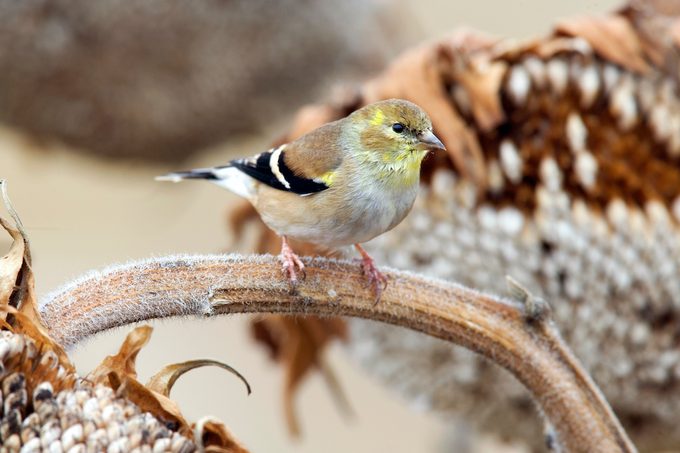
From piebald patterns to entirely bald heads, molt makes for some interesting-looking birds. American goldfinches are a great example to observe molt.
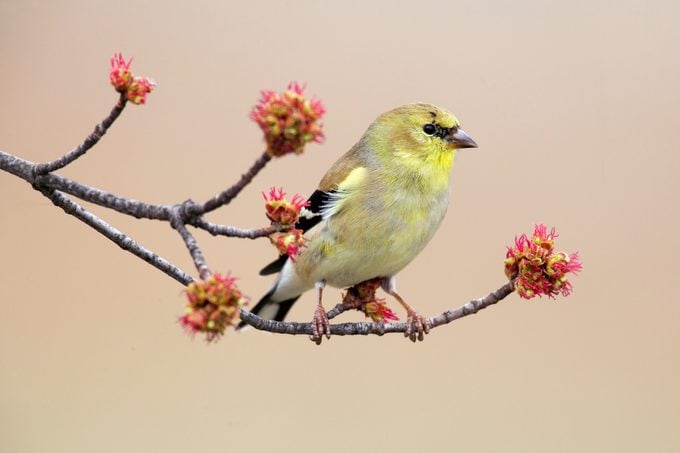
“Brownish in the winter, as they get ready for breeding season, you can watch the transition and see how mottled they look on their bodies,” Annie says. Then the process repeats in the fall as birds molt into their winter feathers.
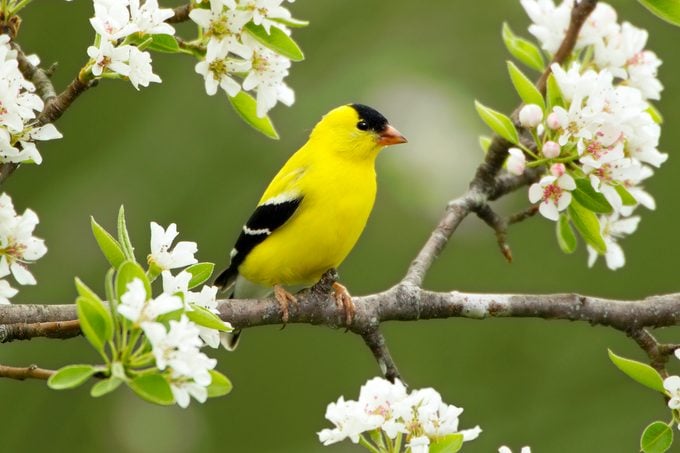
This blotchy pattern on the body is also evident on tanagers and bobolinks during certain times of year.
Bald Cardinals and Jays

For cardinals and blue jays, bird molting is generally a subtle affair. They don’t look much different between seasons as feathers are swapped out with similar-looking replacements.
But sometimes molt is impossible to miss, as some individual birds are prone to an “unfortunate pattern of molt baldness,” as Annie puts it. Nothing is wrong with these birds—they’ve just lost all the feathers on their heads simultaneously.
“Why is this strange yet beautiful blue jay missing the feathers on its head?” asks Birds & Blooms reader Sharon Valente.
Birding experts Kenn and Kimberly Kaufman say, “It’s normal for songbirds and other birds to replace all their feathers at least once per year through the process of molt, in which the old feathers drop out and new ones grow in their place.
Usually the feathers are replaced gradually, a few at a time, so that the molt isn’t noticeable. But for some reason, blue jays often drop all their head feathers at once, leaving them essentially bald for a week or two until the new feathers start to grow in. This extreme molt affects only some blue jays, and the reasons why aren’t clear.”
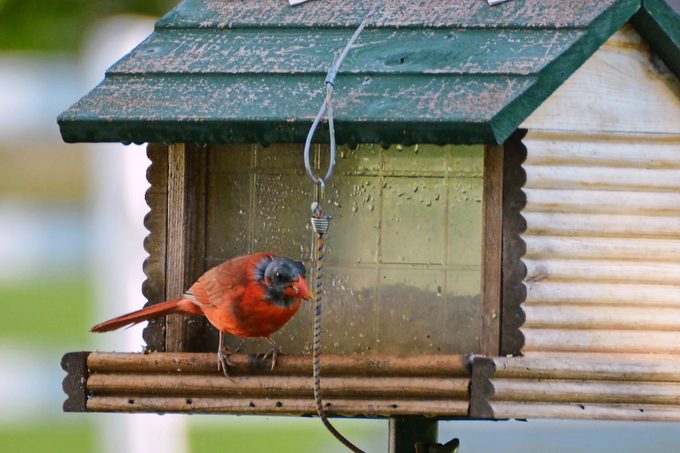
Next, don’t miss inspirational pictures of birds in flight.
About the Experts
Annie Lindsay is the bird banding program manager at Carnegie Museum of Natural History’s Powdermill Nature Reserve in southwestern Pennsylvania. She is a PhD candidate at the University of Toledo.
Kenn and Kimberly Kaufman are the official birding experts for Birds & Blooms and the creators of the Kaufman Field Guide series. They speak and lead birding trips all over the world.




















